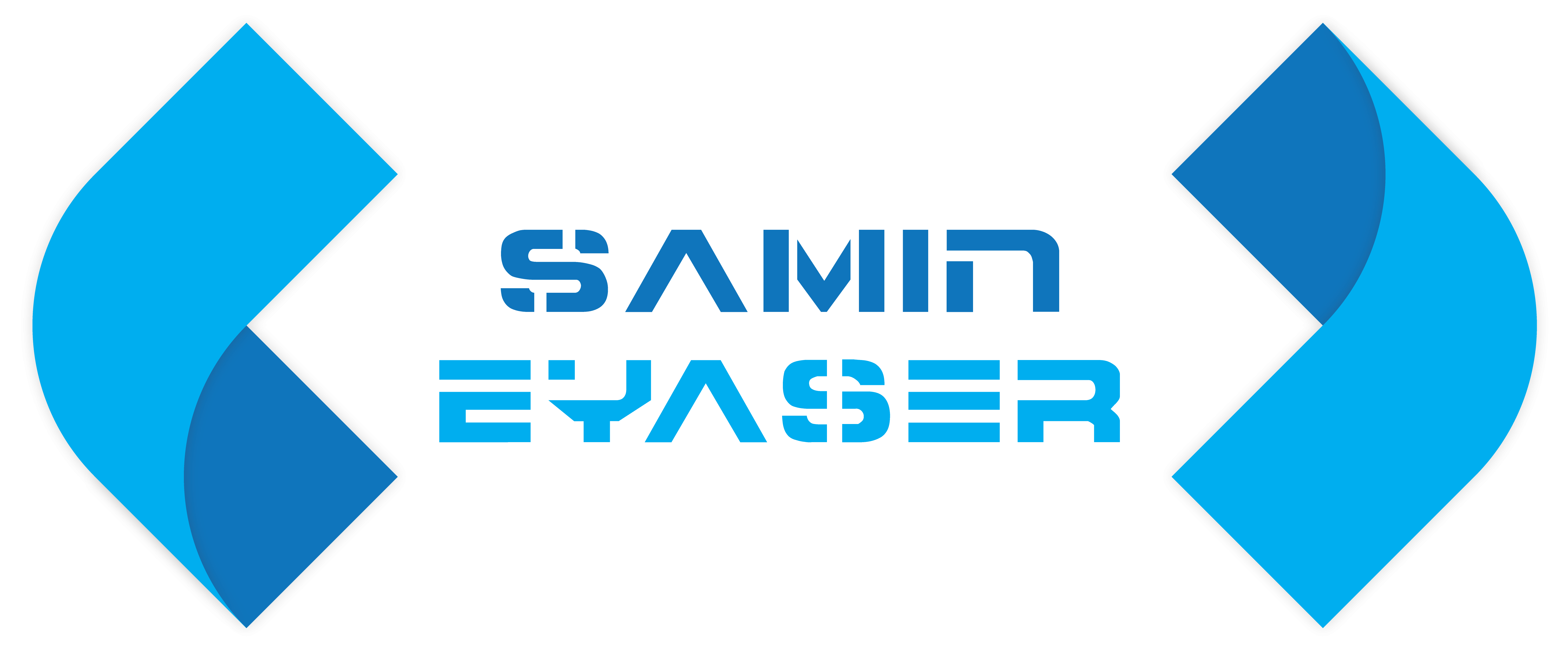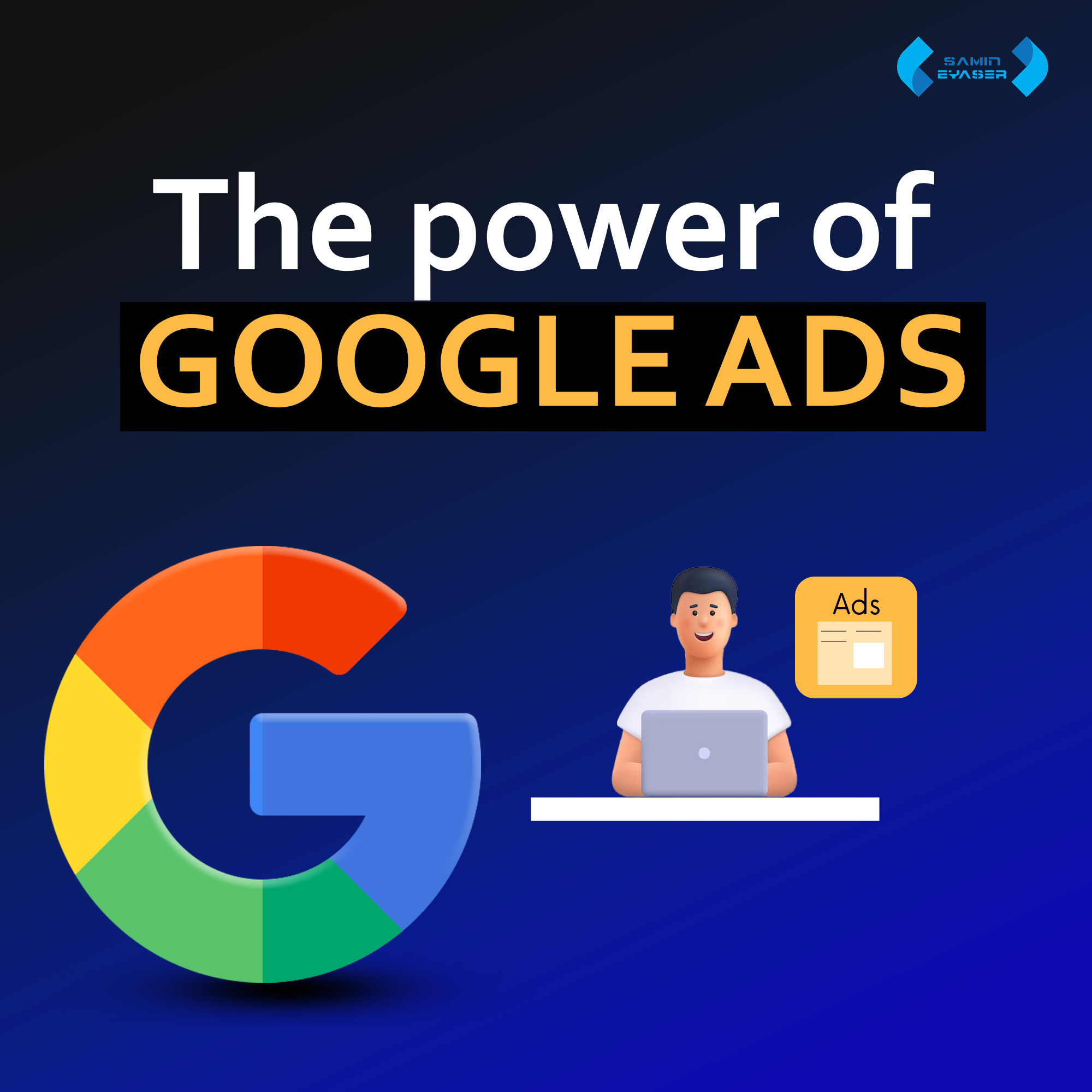The Power of Google Ads

The power of Google Ads lies in its ability to connect businesses with their target audience at the precise moment when they are actively searching for relevant products or services. As a versatile and data-driven advertising platform, Google Ads allows advertisers to reach potential customers through various ad formats, including text, display, and video ads. The platform’s sophisticated targeting options enable advertisers to tailor their messages to specific demographics, locations, and interests, maximizing the relevance of their ads. With a pay-per-click model, businesses can manage costs effectively and track the performance of their campaigns in real-time. The unparalleled reach of Google’s search network and partner sites, coupled with continuous innovation, makes Google Ads a formidable tool for businesses looking to enhance their online visibility, attract qualified leads, and drive measurable results in the competitive digital landscape.
Introduction
In the current digital era, having a strong online presence is essential for companies looking to succeed. Google Ads, formerly known as Google AdWords, has emerged as a game-changer in the realm of online advertising. This platform allows businesses to showcase their products or services to a vast audience, precisely when they are searching for relevant information.
Understanding Google Ads
Understanding Ads is essential for businesses seeking to harness the full potential of online advertising. Google Ads, a powerful pay-per-click platform, enables advertisers to promote their products or services across Google’s vast network, reaching users actively searching for relevant information. The platform offers diverse ad formats, including text, display, and video ads, allowing advertisers to tailor their messages creatively. Keyword research, a cornerstone of Ads, involves identifying the terms and phrases potential customers use in their searches. Advertisers bid on these keywords to display their ads prominently. With robust targeting options and real-time performance analytics, Google Ads provides a dynamic and measurable way to connect with the right audience, drive traffic, and achieve marketing objectives. Whether aiming to boost brand awareness, generate leads, or increase sales, a nuanced understanding of Ads empowers businesses to navigate the digital landscape effectively and maximize their online visibility.
Setting Up a Google Ads Campaign
Setting up a Google Ads campaign involves a strategic and systematic approach to ensure optimal performance. Begin by defining clear campaign objectives, whether it’s driving website traffic, generating leads, or promoting sales. Conduct thorough keyword research to identify relevant search terms that align with your business goals. Craft compelling ad copy and choose appropriate ad formats that resonate with your target audience. Select target demographics, locations, and devices to refine your audience targeting. Set a budget that aligns with your advertising goals and adjust bid strategies based on your desired outcomes. Leverage conversion tracking tools to measure the effectiveness of your campaign and make data-driven adjustments over time. Google Ads’ user-friendly interface and robust features provide advertisers with the tools needed to create impactful campaigns, connecting businesses with potential customers in the moments that matter most.
Keyword Research for Google Ads
Keyword research is the cornerstone of a successful Google Ads campaign, laying the foundation for targeted and effective advertising. By identifying relevant and high-performing keywords, advertisers can ensure their ads reach the right audience when they search for products or services. Tools like Google Keyword Planner aid in discovering relevant terms, assessing their search volumes, and evaluating competition. Effective keyword research goes beyond selecting popular terms; it involves understanding user intent and choosing a mix of broad, exact, and long-tail keywords to capture a diverse range of search queries. Regularly revisiting and refining the chosen keywords based on performance data is crucial for staying attuned to evolving trends and maximizing the campaign’s overall effectiveness. In the dynamic landscape of digital advertising, strategic and well-informed keyword research remains a linchpin for achieving optimal results in Ads.
Crafting Compelling Ad Copy
Writing compelling ad copy is an art. Headlines and descriptions need to grab attention and entice users to click. It’s essential to keep the language clear, concise, and persuasive.
Utilizing Ad Extensions
Ad extensions provide additional information to users, enhancing the visibility and relevance of your ads. These extensions can include site links, callouts, and location details, providing users with more reasons to choose your business.
Targeting the Right Audience
Targeting the right audience is a fundamental aspect of successful Google Ads campaigns. Through precise audience targeting, advertisers can tailor their messages to reach individuals who are most likely to be interested in their products or services. Google Ads offers a range of targeting options, including demographics, locations, interests, and behavior. Advertisers can refine their audience based on factors such as age, gender, income, and online activity, ensuring that their ads are displayed to the most relevant and receptive audience segments. By leveraging these targeting capabilities, businesses can optimize their ad spend, increase engagement, and ultimately drive conversions. Effective audience targeting is the key to delivering personalized and compelling messages that resonate with potential customers, maximizing the impact of Google Ads campaigns in a competitive digital landscape.
Budgeting and Bidding Strategies
Effective budgeting and bidding strategies are pivotal in maximizing the impact of Google Ads campaigns. A well-thought-out budget ensures that advertisers allocate resources appropriately, striking a balance between reaching a broad audience and focusing on high-value targets. Ads offer various bidding options, including cost-per-click (CPC), cost-per-thousand-impressions (CPM), and cost-per-acquisition (CPA), allowing advertisers to choose the model that aligns with their goals. Strategic bidding involves setting competitive bid amounts for targeted keywords and adjusting bids based on performance data. By continuously monitoring and optimizing budgets and bids, advertisers can enhance the efficiency of their campaigns, controlling costs while optimizing for conversions or other desired outcomes. This dynamic interplay between budgeting and bidding is essential for achieving a favorable return on investment and ensuring sustained success in the competitive landscape of online advertising.
Measuring Google Ads Performance
Measuring Google Ads performance is a crucial component of any successful digital advertising strategy. Utilizing a range of key metrics such as click-through rates (CTR), conversion rates, and return on investment (ROI), advertisers gain valuable insights into the effectiveness of their campaigns. Google Analytics provides a comprehensive platform for tracking user behavior and understanding the customer journey, enabling advertisers to make informed decisions about ad spend and targeting. Regular performance assessments empower advertisers to identify high-performing keywords, optimize ad copy, and refine targeting parameters, ultimately fine-tuning campaigns for maximum impact. By interpreting these metrics, advertisers can not only gauge the success of their current campaigns but also iteratively enhance strategies to adapt to evolving market dynamics and consumer behaviors.
Optimizing Ad Campaigns
Optimizing ad campaigns is a critical aspect of digital marketing, ensuring that resources are effectively utilized to achieve the best possible results. This process involves fine-tuning various elements, such as targeting parameters, ad creatives, and bidding strategies, based on real-time data and performance metrics. By continually analyzing key performance indicators (KPIs) and leveraging insights, advertisers can identify and capitalize on successful tactics while swiftly adjusting or eliminating underperforming elements. A holistic optimization approach involves not only maximizing click-through rates and conversions but also enhancing overall campaign efficiency. Whether through A/B testing, audience segmentation, or adapting to industry trends, the art of optimizing ad campaigns is an ongoing journey toward achieving peak advertising performance in the dynamic landscape of digital marketing.
Challenges and Solutions
While Google Ads offers immense potential, challenges may arise. Common issues include high competition for keywords and changing user behavior. Strategies to overcome these challenges include refining targeting parameters and staying agile in adapting to market shifts.
Staying Updated with Google Ads Trends
The world of online advertising is dynamic, with constant updates and changes. Staying informed about the latest trends in Ads is crucial for maintaining a competitive edge. Online forums, blogs, and official Google announcements are valuable resources for staying up-to-date.
The Future of Google Ads
The future of Google Ads promises to be transformative, with continuous advancements in technology and data-driven marketing strategies. As artificial intelligence and machine learning continue to evolve, Ads is poised to become even more personalized and efficient. Advertisers can anticipate increasingly sophisticated targeting options, allowing them to reach their desired audience with unprecedented precision. Automation will play a pivotal role, in streamlining campaign management and optimizing ad performance in real time. Moreover, as consumer behavior shifts and new digital platforms emerge, Google Ads is likely to adapt and integrate seamlessly with emerging trends. The future holds exciting possibilities for advertisers, as Google Ads evolves into a dynamic and responsive tool that maximizes the impact of digital advertising efforts.
Conclusion
In conclusion, the power of Google Ads lies in its ability to connect businesses with their target audience in a highly targeted and measurable way. By understanding the intricacies of the platform, conducting thorough research, and continually optimizing campaigns, businesses can unlock the full potential of Google Ads for sustainable growth.
Q1 Is Google Ads suitable for small businesses?
Ans: Absolutely! Google Ads provides a scalable advertising solution, making it accessible to businesses of all sizes.
Q2. How often should I optimize my Google Ads campaign?
Ans: Regular optimization is recommended, ideally on a weekly or bi-weekly basis, to ensure optimal performance.
Q3. What is the significance of A/B testing in Google Ads?
Ans: A/B testing helps identify the most effective ad elements, allowing for continuous improvement and better results.
Q4. Can I track offline conversions with Google Ads?
Ans: Yes, by implementing conversion tracking and integrating it with your customer relationship management (CRM) system.
Q5. Are there alternatives to Google Ads for online advertising?
Ans: While there are alternatives, Google Ads remains a dominant and effective platform for online advertising.
Thanks For Visiting Our Website

